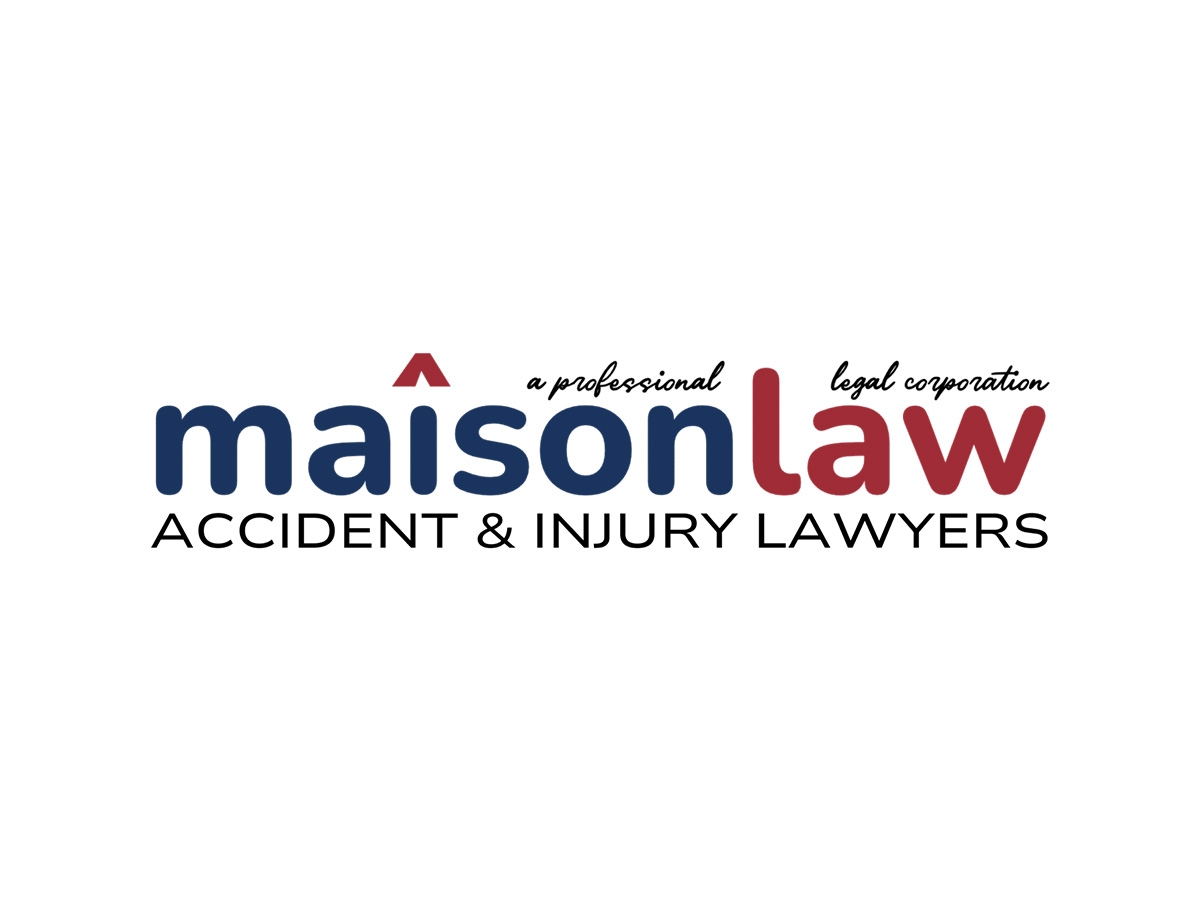The immunity of government bodies and officials from lawsuits and claims has been a long-standing part of the law. Under the principle, federal, state, and local governments generally cannot be held liable for negligent or other wrongful acts that injure others.
With its decision in Muskopf v. Corning Hospital District in 1961, the California Supreme Court eliminated governmental immunity in personal injury suits. The Court in that case held that a hospital district could face liability for hip injuries from a fall occasioned by the negligence of the hospital staff. What followed was the Tort Claims Act, which establishes rules for lawsuits against state and local government bodies and agencies and their employees.
Part of that affords general governmental immunity when it comes to claims for injuries in the setting of a prison or jail.
What Immunity Does Section 844.6 Provide?
Section 844.6 shields public entities in California from liability for injuries to prisoners. A California Court of Appeals in Towery v. State of California invoked this immunity to dismiss a prisoner’s claim that he had been intentionally assigned to a prison in an area known for “Valley fever,” a disease to which African Americans faced higher risks of contracting. The inmate unsuccessfully alleged a violation of the Bane Act, which affords a claim against those who “intentionally interfere” with others’ rights through threats, intimidation, or coercion.
Those injured at the hands of prisoners also may not successfully sue public entities. For instance, in Bitner v. California Department of Corrections and Rehabilitation, a California Court of Appeals ruled that licensed vocational nurses did not have claims for sexual harassment or violations of the state’s Fair Employment and Housing Act.
Cities, towns, counties, the California Department of Corrections and Rehabilitation, sheriff’s departments, the California Highway Patrol, and other state or local government agencies get immunity from these types of suits. These entities fall within the definition of “public entities.”
“Prisoners” under this law include anyone who is incarcerated as a convict or on a pretrial basis and in a prison or local jail.
When Can Prisoners Sue Public Entities?
Prisons, jails, and other agencies do not have total, blanket immunity from all claims of prisoners. While these entities are often immune to tort claims, there are exceptions. If you think you may have a claim due to injury in a California prison, you should consult with an experienced attorney.
Claims for Lack of Proper Medical Care
Incarceration may either cause or exacerbate physical and mental illness. The California Health Care Foundation’s’ From Corrections to Community: Reentry Health Care report from June 2023 states that nearly three out of every five inmates suffer from addiction to illicit drugs or other controlled substances. Nearly 25 percent have some form of serious mental illness. The prison population features many who have infectious and other physical diseases and often breed more physical illness.
Against this backdrop, consider studies that raise concerns about the quality of health care in California prisons and jails. As reported by the California Office of the Inspector General, Medical Inspection Unit in a November 2023 report, 11 out of the 34 state prison facilities and institutions treating prisoners were rated as having “inadequate” care. This covered a period from March 2019 to September 2023. During that time frame, the Inspector General’s Office did not rate any of the institutions as “proficient” on an overall basis.
California law imposes liability upon public entities who fail to take reasonable steps to “summon,” or contact medical providers. The duty arises when the prison or its officials know or should know that the inmate needs “immediate” medical attention. This represents an exception to the general rule that the public entity and public employee need not provide or get medical care to a prisoner at the risk of civil liability.
Section 844.6(d) subjects public employees to suits for malpractice. This tort arises when a physician, nurse, or other medical professional fails to follow the standard of care expected of the professional. The subsection does not directly authorize liability against a public entity for malpractice. Instead, you may sue the physician, nurse, or other employee providing the deficient care. Under Section 844.6(d), the public entity must reimburse, or indemnify, the public employee.
Motor Vehicle Negligence
Section 17001 of the California Vehicle Code makes public entities liable for injuries when their employees or officers injure someone while performing work or duties. The statute creates vicarious liability against the public entity. Otherwise known as respondeat superior, vicarious liability holds an employer responsible for acts or omissions of an employee while performing work duties. The employer’s lack of negligence or other wrongful behavior does not relieve the employer of liability.
Under Section 844.6(c), an inmate injured in automobile crashes may sue the public entity employing the at-fault driver under Section 17001 of the California Vehicle Code. Inmates may suffer injuries as passengers in a highway patrol, police, or sheriff’s vehicle while being taken into custody.
Section 1983
Prisoners and other detainees might seek relief under 42 U.S.C. Section 1983 for injuries while incarcerated. Such claims for violation of federal civil rights do not fall within the immunity of Section 844.6. However, Section 1983 claims against public entities cannot turn on vicarious liability. A prisoner suing a public entity under Section 1983 must allege and prove that the public entity had a “policy or custom” which deprived the prisoner of federal constitutional or statutory rights.
Can Public Employees be Sued for Wrongfully Causing Injuries?
Section 844.6 immunizes only the public entities. It does not protect law enforcement or corrections officers or other public employees from lawsuits. The ability to proceed against the employees comes courtesy of Section 844.6(d), which gives public entities the option of paying damages caused by the employee.



